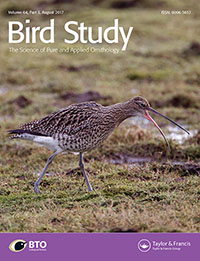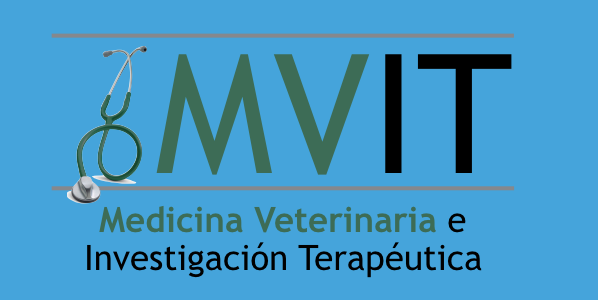
Causes of morbidity and mortality, and rehabilitation outcomes of birds in Gran Canaria Island, Spain
BIRD STUDY, 2017
https://doi.org/10.1080/00063657.2017.1411464
Natalia Montesdeoca, Pascual Calabuig, Juan A. Corbera, John E. Cooper & Jorge Orós
a Veterinary Faculty, University of Las Palmas de Gran Canaria, Arucas Las Palmas, Spain; b Tafira Wildlife Rehabilitation Centre (Cabildo de Gran Canaria), Las Palmas de Gran Canaria, Spain; c Durrell Institute of Conservation and Ecology, University of Kent, Canterbury, UK
Abstract
Capsule: Anthropogenic factors were identified as the main threats to wild birds in Gran Canaria.
Aims: To analyse the causes of morbidity and mortality in a large sample of selected orders of birds admitted to the Tafira Wildlife Rehabilitation Centre (TWRC) in Gran Canaria over 11 years, and to analyse the outcomes of such rehabilitation.
Methods: The records of 2390 birds were analysed. Ten primary causes of morbidity were identified: trauma, metabolic/nutritional disorder, orphaned young birds, infectious/parasitic disease, crude oil, poisoning/intoxication, glue trapping, captivity, other causes, and unknown/undetermined. The rates of the final outcome categories (euthanasia Er, unassisted mortality Mr, release Rr, and permanent captivity Cr), the time until death, and the length of stay were studied.
Results: The Eurasian Stone-curlew Burhinus oedicnemus was the species most frequently admitted (20.29%), followed by the Eurasian Blackbird Turdus merula (13.47%). The most frequent cause of morbidity was trauma (27.82%). The final outcomes of birds admitted alive were Er = 16.69%, Mr = 26.53%, Rr = 54%, and Cr = 2.76%.
Conclusions: This survey provides useful information for the conservation and welfare of these bird species. The successful release rate achieved at the TWRC emphasizes the importance of wildlife rehabilitation centres for the conservation of birds.



